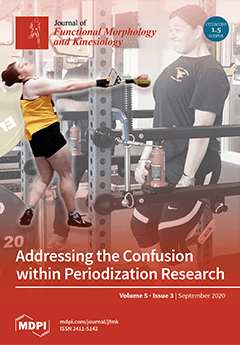Long-term heavy physical work often leads to early retirement and disability pension due to chronic overload, with a need to define upper limits. The aim of this study was to evaluate the value of the first lactate threshold (LTP
1) as a physiological marker for heavy occupational work. A total of 188 male and 52 female workers performed an incremental cycle ergometer test to determine maximal exercise performance and the first and second lactate (LTP
1; LTP
2) and ventilatory thresholds (VT
1; VT
2). Heart rate (HR) recordings were obtained during one eight-hour shift (HR
8h) and oxygen uptake was measured during 20 minutes of a representative work phase. Energy expenditure (EE) was calculated from gas-exchange measures. Maximal power output (P
max), maximal oxygen consumption (VO
2 max) and power output at LTP
1 and LTP
2 were significantly different between male and female workers. HR
8h was not significantly different between male and female workers. A significant relationship was found between P
max and power output at LTP
1. HR
8h as a percentage of maximum HR significantly declined with increasing performance (P
max:r = −0.56;
p < 0.01; P
LTP1:r = −0.49;
p < 0.01). Despite different cardio-respiratory fitness-levels; 95.4% of all workers performed their usual work below LTP
1. It is therefore suggested that LTP
1 represents the upper limit for sustained heavy occupational work; which supports its use to determine work capability and assessing the limits of heavy occupational work.
Full article






